Hindu Law on Marriage (विवाहसंविधाने हिन्दूधर्मशास्त्राभिप्रायः)
₹50.00
| Author | R. Ragoonath Row |
| Publisher | Chowkhamba Krishnadas Academy |
| Language | English & Sanskrit |
| Edition | 3rd, Edition |
| ISBN | - |
| Pages | 48 |
| Cover | Paper Back |
| Size | 14 x 2 x 22 (l x w x h) |
| Weight | |
| Item Code | CSSO0416 |
| Other | Dispatched in 1-3 days |
10 in stock (can be backordered)
CompareDescription
Hindu Law on Marriage (विवाहसंविधाने हिन्दूधर्मशास्त्राभिप्रायः) The attitude of a community towards its women is considered to be a dependable barometer for determining its socio-moral development. In ancient India we noticetwo apparently contradictory attitudes, one glorifying and even deifying women and the other condemning them as the cause of all the evils.
The social, moral and legal provisions about widows were conditioned by considerations some of which worked at cross purposes. It is clear that the personal emotional strains of a widow were not duly considered, but the need for protecting the moral health of the community, the concern for continuing the family line, and the greed for shares in the family property became more dominating concerns. The rigorous code of conduct laid down for a widow aimed at suppressing her emotional urges and, as compensation, promised to her the fruits of an idealised pious life to be received in the life after death.
The available narratives show that the conditions for a widow in medieval and early modern periods were really pitiable. The dark realities were so dismal and the attitude of the orthodox social leaders was so rigid that people could not expect the things to have been any different in earlier times. The gleams of light about the practice in the Vedic period could not be duly projected. The glaring example of Chandra- gupta II, who is known to have contributed most to the creation of the idealised personality of the legendary Vikrama- ditya, marrying the widow of his elder brother in the golden age of the Guptas, when the social and moral values and practices had their classical expression, tended to be ignored. The Smati provisions, giving widows a better treatment, inclu- ding a set of liberal rules for re-marriage, were submerged in the large mass of passages in many other Smrtis, which were not prepared to consider the requirements, personal and social, of a miserable widow. It is now well known that ancient social thinkers were not so rigid as they are taken to be. There are definite provisions for the second marriage of a woman, laid down to curb the tendency to exploit the liberal rules, With the passage of time, as social realities grew darker, the later commentators used their scholarship to narrow the scope of the liberal provisions.
The Independent India, after a protracted debate among the scholars, social thinkers and political leaders, which at times became heated and bitter, has rightly chosen to give widows the right to remarry and has even extended to a married woman the option, in certain conditions, to seek divorce and later to remarry. We hope for a healthy functioning of the modern legislation. But, as is well known, the best of the social legislations, made with the most pious intentions, could not be implemented. Ultimately it is the human factor which is of central Importance.
In view of the new legislation the earlier essays on the subject would seem to have only a historical and academic interest. But the question has a wider sociological importance and is bound to have relevance for other people and also for coming time.

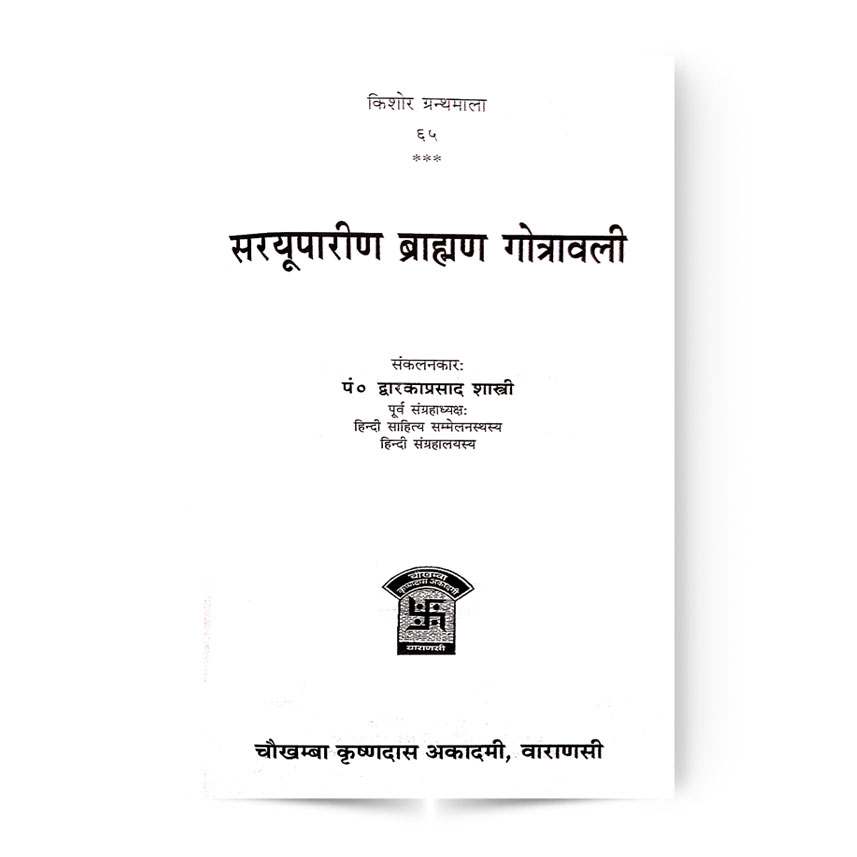

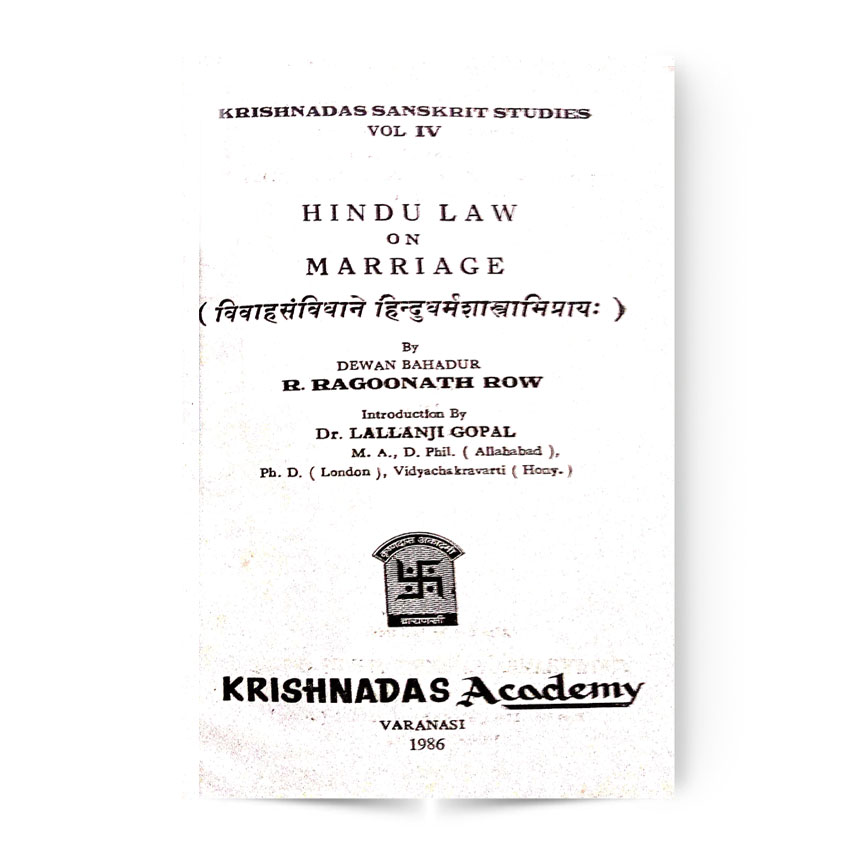
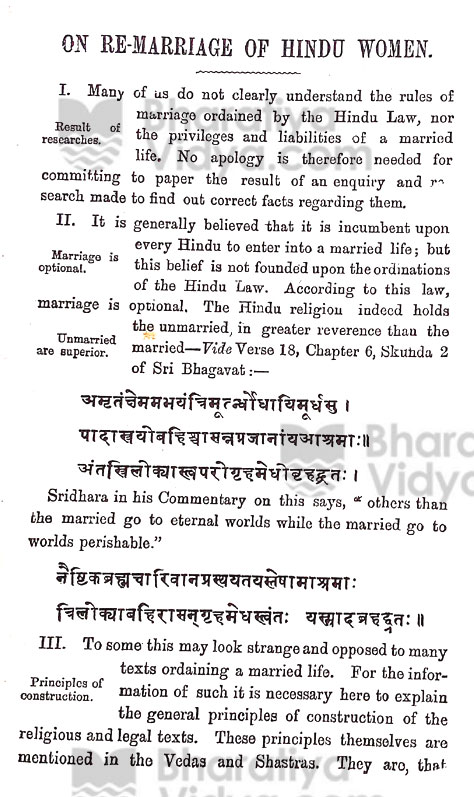
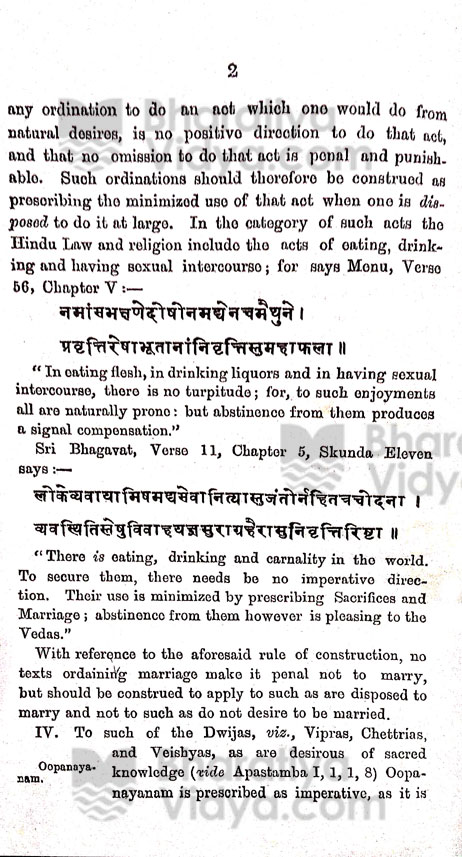
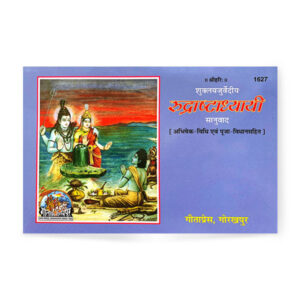

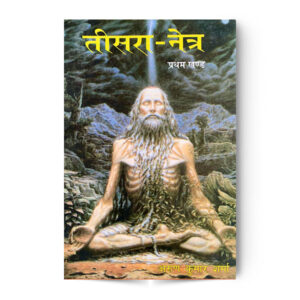
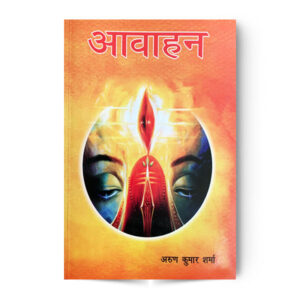
Reviews
There are no reviews yet.